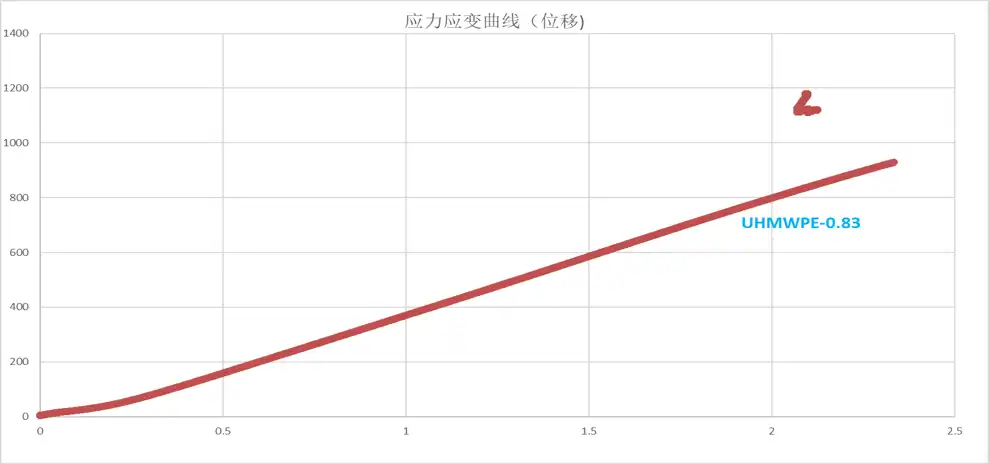Robotic Ropes - Polyethylene Fiber Rope/Composite Rope
I. Structure:
II. Application:
Ultra-High Strength Polyethylene Fiber Rope: Applications in power transmission,
tendon drive, sensors, and other transmission and auxiliary mechanisms within
robotic dexterous hands, high-precision robotic arms, medical surgical robots, micro
grippers, logistics robots, underwater robots, etc. 1. Advantages: Polyethylene Fiber:
Composite Rope: Combines the characteristics of metal ropes and polymer
materials to achieve high elastic modulus, low elongation, high fatigue resistance,
friction resistance, and creep resistance.
2. Performance Parameters: Benchmark Comparison:  Figure 2: Performance Comparison
Parameter Table:
Table 1: Parameter Table
|
|||||||||||||||